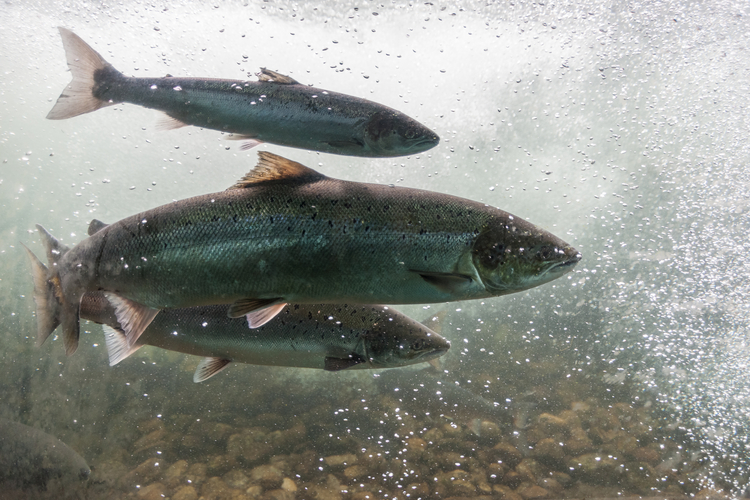
Current approaches to catchment management may not deliver unless they target both sediment and nutrients, allowing riverbeds to ‘breathe’
By
A build-up of ultra-fine sediment in riverbeds is creating oxygen-starved conditions that threaten fish spawning grounds and freshwater invertebrates, new research on the River Taw in Devon has revealed.
A team of scientists found that the smallest sediment particles trapped in riverbed gravel can produce a disproportionally high ‘oxygen demand’ as organic material within them decomposes, depriving eggs and larvae of their vital oxygen.
Enjoying this article? Check out our related reads:
The study analysed sediment oxygen demand – known as SOD – across nine sites on the River Taw, from upland grassland to lowland farmland. Their research showed consistently higher oxygen demand in riverbed sediments than in their upstream sources. As such, the researcher concluded that trapped algal material within these ultra-fine particles was likely the culprit.
These fine deposits are able to block natural pore spaces in the gravel and fuel oxygen depletion, creating a double threat to aquatic life.
Such findings suggest current approaches to river management may not deliver the best results unless they target both sediment and nutrient sources on land, and in-channel processes that allow riverbeds to ‘breathe’.
‘Reducing in-stream productivity is likely to be very difficult,’ said lead author of the study Dr Simon Pulley. ‘A combined approach — reducing nutrient inputs to rivers and limiting the ability of ultra-fine material to be retained on the channel beds by reducing fine sediment losses from land and channel banks will be needed to restore healthier habitats.’



